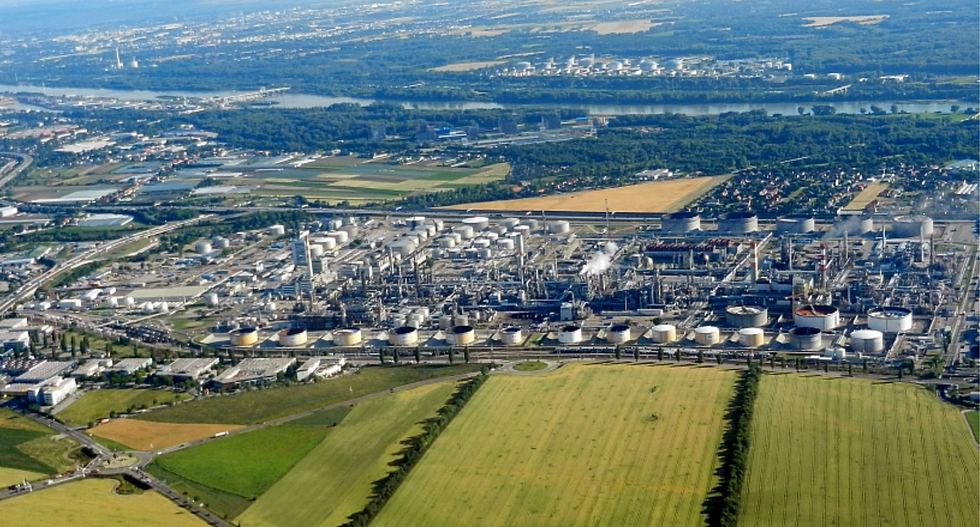New Waste Management Plan in Vienna
- Jiwoo Jung
- Sep 26
- 2 min read
Updated: Sep 29

Vienna has adopted a new waste management plan (Abfallwirtschaftsplan) and a waste prevention program (Abfallvermeidungsprogramm) for 2025–2030 that together set out the city’s roadmap for preventing waste, handling hazardous streams safely, and recovering valuable materials rather than losing them to smokestacks or landfills. strategy marks a shift from end-of-pipe disposal to a circular infrastructure in which fewer toxic inputs enter the system up front, treatment becomes smarter and more targeted in the middle, and useful products—ranging from heat to fertiliser—emerge at the end.
In the near term, the city is expanding repair and reuse initiatives, tightening the separation of hazardous items such as batteries, solvents, and electronics, and upgrading facilities around the main wastewater treatment plant in Simmering. A pivotal building block is the drying of sewage sludge, which enables the later recovery of phosphorus from sludge ash. This approach converts a potential pollutant into a strategic fertiliser, reduces long-distance disposal trucking, and lowers the contamination profile of ash streams.
These measures matter for industrial pollution because better sorting and upstream substitution keep harmful compounds out of residual waste and wastewater in the first place. As a result, trace pollutants decrease in flue gas and residues from waste-to-energy plants, and problematic substances in sewage sludge decline as well. During heavy rain, companion projects such as the extension of the Wiental trunk sewer and stronger stormwater pumping on the Danube Island further reduce combined-sewer overflows that can carry urban and industrial contaminants into the Wienfluss, the Donaukanal, and the Danube.
The short-term effects through 2027 include cleaner input streams, fewer overflow events during storms, more transparent monitoring, and smoother logistics for hazardous waste. By 2030 and beyond, the city expects a smaller industrial footprint as locally recovered phosphorus displaces mined nutrients, cleaner air and residues from waste-to-energy thanks to less contaminated feedstock, and more resilient rivers because storage and conveyance are sized for cloudbursts. Together, these outcomes translate into lower health risks, reduced remediation costs, and closer alignment with EU zero-pollution and circular-economy goals.
Residents can accelerate the benefits by using repair and reuse services, choosing refillable or repairable goods, and bringing hazardous items to official collection points. Reporting illegal dumping or unusual odours or discolouration in waterways, and supporting construction windows for sewer and pump upgrades, also helps deliver cleaner rivers and cleaner air.
Works Cited
“Wiener Abfallwirtschaftsplan Und Wiener Abfallvermeidungsprogramm 2025-2030.” Deutsch, 2025, www.wien.gv.at/umwelt/abfallwirtschaftsplan-abfallvermeidungsprogramm-2025-2030. Accessed 24 Sept. 2025.


Comments